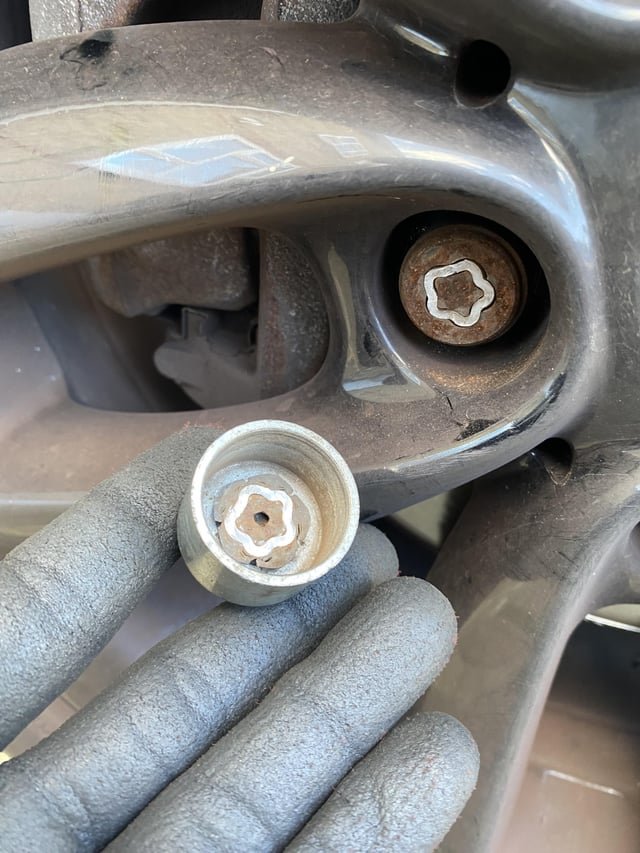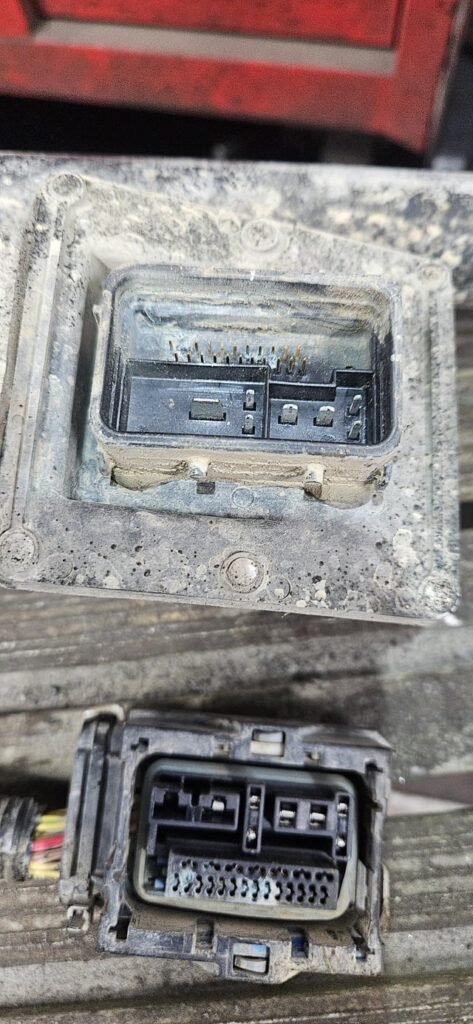Some of Japan’s best-sellers are kei cars – like the Nissan Sakura
Since 2019, Europe has lost 48 sub-€15k cars – but a new small car category could revive the segment
Back in 2014, Suzuki offered Europeans a choice of three low-cost city cars of the type that made its reputation: the Splash, Celerio and Alto.
Ten years later the brand is still a leader in the field in both India and Japan, with a wide choice of basic mobility on offer. But in the UK and Europe? Not one.
Suzuki axed its final city car, the Ignis, last year after failing to make the economics stand up. European Union regulation has forced car makers to increase safety and reduce emissions to the point that the business case for small cars no longer works for many brands. Over the past decade, sales of city cars have halved in Europe to just over half a million last year, according to figures from market analysts Dataforce and JATO.
Two car makers in particular have become well-known for their opposition to the continued accretion of expansive regulations. Stellantis and Renault are pushing for the creation of a ‘kei’ category that mirrors Japan’s regulations that are designed to limit the size and power of one type of small car in return for certain concessions. “In 2019, 49 cars sold for under €15,000 in Europe,” Stellantis chairman John Elkann told the Automotive News Europe congress in June. “Now, it’s just one.” That remaining example is the Fiat Panda, which is now largely restricted to Italy.
In Europe this potential category already has a tentative name: M0. The category would sit below the M1 regulatory class to which regular cars are homologated but above the L6/L7 category that tightly binds makers of quadricycles such as the Citroën Ami and Renault’s Mobilize Duo.
Elkann has a slightly snappier preferred category name: e-Car. “There’s no reason that if Japan has a kei car, then Europe should not have an e-Car,” he said.
The EU is being lobbied. Wheels are in motion. But is there any sign that the EU will respond?
First let’s set out the UK position. Clearly, given that we’re no longer an EU member, we can go our own way. But that’s not going to happen, according to Mike Hawes, head of the SMMT, UK car makers’ association. “At the minimum it needs to be a European initiative,” he told journalists at the recent SMMT Summit. “We’re too small a market for car makers to design models for a category unique to us.”
So it’s back to the EU. The news out of Brussels is potentially promising. In February the European Commission ordered a report looking into the possibility of creating this M0 category, led by consultant firm EY. The work began in February, with interested groups asked for feedback. The study ended in May and the findings should be released later this year.
One of those participating was Lucien Mathieu, cars director of Brussels-based green transport pressure group T&E. He cautioned against reading too much into the outwardly positive move. “Launching a study is either a sign the Commission is seriously looking at something, or it can be a good way to bury a topic,” he told Autocar. “There’s been no political signal one way or the other.”
Car makers are adamant that the regulation is needed to revive an ailing category. “It’s becoming very, very, very difficult to be profitable with a small car,” outgoing Renault CEO Luca de Meo said in May. “The market is structurally there, so let’s have a chance to make money to provide a new generation of cars.”
A big part of the blame is levelled at the EU’s General Safety Regulation 2 (GSR2) that is now live and mandating a raft of active safety kit, such as driver attention monitoring. “These are expensive technologies,” Frank Krol, CEO of Mitsubishi Europe, told Autocar. “But the engineering resource to calibrate all these systems takes time and money too.”
Mitsubishi in Europe has finally axed the cut-price Space Star small car (also known as the Mirage) after judging it wasn’t worth updating to GSR2 rules. The model was one the last of those 49 mentioned by Elkann, costing from just €11,990 in Germany.
So would the M0 category delete all ADAS-type active safety? This is where it gets complicated. Car makers might argue that lane-keep assist, for example, isn’t needed in low-speed city driving where these cars excel, so get rid of that.
But city dwellers are already pretty well catered for in terms of mobility choice, and many cities are restricting car use anyway to cut jams. “We don’t need another urban vehicle category,” said T&E’s Mathieu. “It would be more for suburban or rural areas, therefore it needs to go on highways and therefore it needs to be safe. That’s the challenge.”
Europe is globally recognised for its advances in vehicle safety, and those who now advocate stripping it back will find it tough. If the EU somehow does allow this new category, the UK might not follow – in the same way it doesn’t allow 14-year-olds to drive quadricycles while France and Italy do.
“If what they’re asking for is a reduction in the amount of regulation, that will be a difficult and challenging discussion to have,” the SMMT’s Hawes said. “The UK does pride itself on the safety of its roads. I think ultimately ministers and regulators would be wary about [allowing] that.”
While Renault and Stellantis are all-in, other car makers are more cautious. “Deregulation could make sense,” Xavier Martinet, head of Hyundai in Europe told Autocar. “The next question is: does it make sense from a brand point of view?”
Like Suzuki, Hyundai sells very well in India with cars such as the Grand i10, which costs from the equivalent of just over £5000. Importing de-contented cars from India, however, might cast a shadow over Hyundai’s reputation for offering quality and the latest technology.
One suggestion put forward by T&E is that rather than create a whole new M0 category, you just rework M1 to create a sub-category that has the same safety requirement but which sets a maximum weight and speed.
“That would allow engineers to take another approach that would benefit from additional incentives,” said Mathieu. For example, if the maximum speed is set at 60mph, then both the crash worthiness and the mechanical components, such as suspension, tyres and brakes, could be adapted to that lower speed, which would in turn reduce costs.
One thing is for certain: any future small car category will have to be electric, given the expected lengthy timeframe to make this happen. Already the city car category is shifting in that direction with models like the Hyundai Inster, Dacia Spring and upcoming Volkswagen ID 1 and Renault Twingo. Honda, meanwhile, will show a new small electric EV at the Goodwood Festival of Speed from 10 July, with the early pictures showing what looks like an adapted version of its N-One kei car.
Toyota, with its new hybrid Aygo X, is increasingly standing alone in imagining a plugless future for the segment.
China is also heading over with small electric cars like the Leapmotor T03 and slightly larger BYD Dolphin Surf.
The Chinese have no problem integrating active safety technology within the price bracket: back home their customers are demanding these features, not turning them off. “The sub-€25k segment seems particularly attractive to penetrate [for the Chinese] because the legacy brands have cut their offering,” Patrick Hummel, analyst at the Swiss bank UBS, wrote in a note to investors.
Some of the blame for the dramatic fall-off in available city cars has to go to the car companies, which took advantage of formerly low interest rates to steer customers into larger, more profitable cars. “When money is free, you shift growth to bigger cars, because customers spend the same amount of money and they get more car,” Philippe Houchois, managing director of automotive at the bank Jefferies, told Autocar.
“But when the cost of money goes up and there are no small cars, then you need to reactivate growth from small cars.”
As car makers have pointed out, Europe is the only one of the three large global markets not to return to growth after Covid. The rapid rise in the cost of cars plays a large part in that, either through regulation or the dash for profit growth or a combination of both. A new small car segment could restore the balance. How that’s created is likely to be the subject of debate for months to come.






